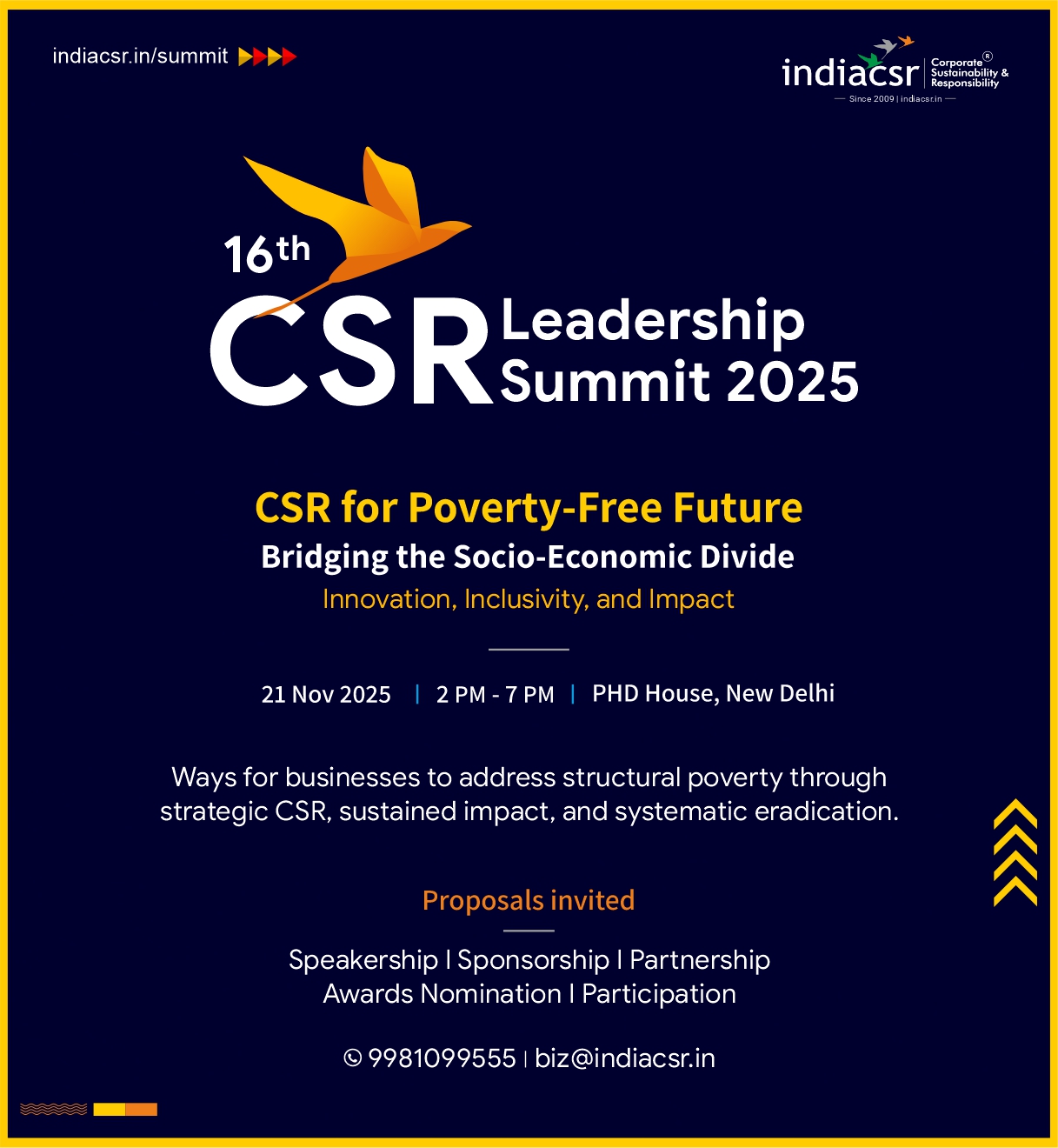By Abhishek Ranjan
Corporate Social Responsibility is bringing communities and corporations together in ways that will change the future. As boardrooms around the world begin to feels its presence, CSR continues to present a whole host of opportunities and challenges for businesses. This is my foray into some of the key areas that shape the nature of CSR practices. First, the head and the heart – let’s take a look at the role of CSR Management in profiting communities and corporations.
CSR Management and Stakeholder Convergence
CSR Management brings together a number of stakeholders across and beyond the organization. In a way, just as the organization needs layer upon layer of specific functionaries, so also, properly executed CSR activities demand a similar level of sophisticated convergence. You also have to take into account the external stakeholders who will play critical roles in ensuring the success of the CSR initiatives. Managing internal and external stakeholders is not so much about a balancing act as it is about a collective vision and mission.
The Alchemy of Stakeholder Collaboration
I see the coming together of diverse stakeholders to pursue a common, socially impactful goal as a powerful work of alchemy. Arguably, this is what makes CSR potent. Of course, there have always been people and noble causes that hope to transform society – CSR gives these social goals the benefit of a well-oiled, high-functioning machine with which to manifest these changes. On the other hand, external stakeholders such as NGOs, social workers and environmentalists bring to the table a whole array of rich insights and strategies on pressing social concerns – not to mention the advantage of having primary on-ground experience in dealing with social issues.
Corporate Functions in CSR Management
So what kind of corporate functions are we looking at when we talk about CSR Management? Public Relations, Human Resources, Research & Development, Legal, Strategy, Controlling & Finance, Purchasing, Production, and Marketing & Sales all have a role to play in bringing CSR initiatives to life. Each of these functions also represents great potential for solving specific social problems. Think of what PR can do for, for instance, for awareness campaigns for public health – or how Research & Development can assist with technology-driven interventions to improve primary education. Specific capabilities aside, each function impacts the outcome of CSR activities, just as they shape the commercial successes of their organization.
Engagement with External Stakeholders
Externally, corporates will have to engage with a wide range of people and organizations with skills and capabilities relevant to the social initiatives undertaken. Apart from the functionaries, the organization will also have to engage with the stakeholders impacted by the social initiative. An inclusive, holistic approach to improving social welfare will have to rope in stakeholders across the board to ensure that the initiative is using best practice to achieve effective results. Multiple levels of government, intergovernmental agencies, and political parties have a role to play. Non-governmental organizations, unions, consumer associations, environmentalists and related advocacy groups bring key capabilities to the table in terms of identifying and strategizing social interventions. Business associations, investors, shareholders, management, suppliers and distribution channel members all have functional and outcome-related stakes in CSR.
Key Stakeholders in CSR: Employees
Let’s take a look at our key stakeholders and what they lend to CSR. Let’s start with the group closest of all to the core of CSR – employees. Employees play a huge role in shaping the nature and outcomes of social initiatives; after all, it their voluntarism and motivation that takes CSR into the world in such a potent way. When we think of employees in CSR we must consider a number of attendant issues.
Customer Expectations and CSR
I believe that workplace culture will significantly shape the way employees engage with CSR. Charity may begin at home, but successful CSR initiatives are birthed by organizations that reflect high levels of social consciousness and conscientiousness within their own structures and functions. Starting with recruitment and selection, compensation, benefits and training, employees will look to the organization’s example. Workplace culture must reflect progressive and just approaches to occupational health and safety, diversity, sexuality, and minority hiring practices. Employees also assign great value to how workplaces enable work-life balance, practice responsible redundancy and engage temporary and casual workers. Further up the ranks, investors will have to look at identifying sources of social and environmental risk.
Community Engagement and Development
As disruptive new technologies radically alter the way customers communicate with businesses or about businesses to the world, CSR and fair corporate practices are increasingly featuring in public conversations about organizations. Customers are looking for transparent and fair product manufacturing, labeling and packaging – extending to scrutiny of the human rights of workers who manufacture the products, safety standards and product quality. Customers are also putting marketing, advertising and pricing practices into focus in how they perceive brands. In the larger picture, there is the community as a whole that stands to be affected. While traditional philanthropy has always been held in high esteem, community investment and development, as a sort of natural progression of this earlier approach, continues to shape a majority of CSR projects. As environmental issues gather steam, partnerships between employees and communities to address these concerns have already begun to make news for achieving transformative outcomes.
The Human Element in CSR
When it all boils down, ultimately, it is about the people: the community affected by CSR and the corporate community effecting the change. In my next post, I look at the hugely significant role that HR plays in the success of CSR.
About the Author:
Abhishek Ranjan is HEAD – CSR, Brillio Technologies
You may also read:
- How CSR Integrates with Brand Strategy
- How HR Nurtures Corporate Citizenship
- Giving back was always in our blood, It is now becoming part of Corporate India’s DNA
- Swachh Bharat Mission – A Citizens Movement
- Akodara where Technology is an integral part of daily life








